Estimated reading time: 11 minutes
The year 2023 was one of the most ambiguous in the global space industry in recent times. For some countries, it can be considered extremely successful; for others, not so much. One cannot help but notice that the changes in the global space industry have become a direct reflection of the political and economic processes taking place in the world. “Lenta.ru” tells about the most important events in cosmonautics for 2023.
Race to the Moon
The soft landing of India’s Chandrayaan-3 spacecraft on the lunar surface can be described as the major space achievement of the past year.
The mission of the same name was launched on 14 July on a Geosynchronous Satellite Launch Vehicle (GSLV) Mk III rocket from the Satish Dhawan Space Centre on the island of Sriharikota. The AMS reached lunar orbit on 5 August. Its descent from a 30 kilometre high lunar orbit took 19 minutes on 23 August. The soft landing took place at 69.37 degrees south latitude and 32.35 degrees east longitude near the Manzini crater in the southern hemisphere of Earth’s natural satellite.
With the successful launch of Chandrayaan-3, India has joined the club of space-faring nations capable of soft landing on the lunar surface. Previously, the USSR, the US and China had demonstrated this capability.
When we see such historic moments, we feel very proud. This is the dawn of a new India Narendra Modi Prime Minister of India
Narendra Modi Prime Minister of India
The Indian AMS also landed at the highest latitude of any station that has ever attempted a soft landing on the Moon.
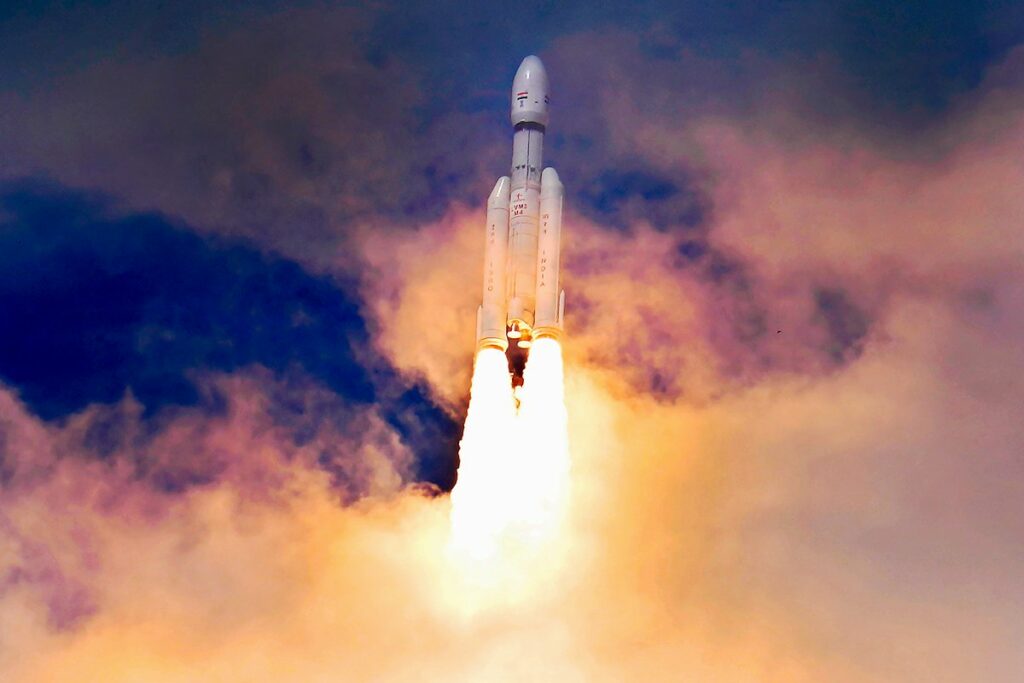
The Indian mission’s objective of placing the Lunar Module on the lunar surface was successfully achieved. The six-wheeled, 26 kg lunar rover carried two spectroscopes as payloads for chemical, mineralogical and elemental analysis of the lunar surface. The Indian AMS equipment operated normally on Earth’s natural satellite for about two weeks.
The annual budget for the Indian space programme is only $1.52 billion, and the cost of the relatively simple AMS is estimated to be less than $100 million.
The success of Chandrayaan-3 has boosted New Delhi’s global standing in space and has attracted particular interest from the US and Japan, which are keen to intensify cooperation with India on space programmes.
The engines were switched on to correct the vehicle and bring it into a pre-launch orbit. Unfortunately, the engines did not shut down normally according to the cyclogram, but according to the time cut-off, and instead of the planned 84 seconds, they worked for 127 seconds.
Yuri Borisov, Director General of the Roscosmos State Corporation
A special interdepartmental commission was set up to investigate the circumstances and causes of the incident. In October, it reached a preliminary conclusion that “the most probable cause of the accident was the abnormal functioning of the on-board control system, associated with the failure of the accelerometer unit in the BIUS-L (angular velocity measurement unit) device to switch on due to the possible hit in an array of data commands with different priorities of their execution by the device”.
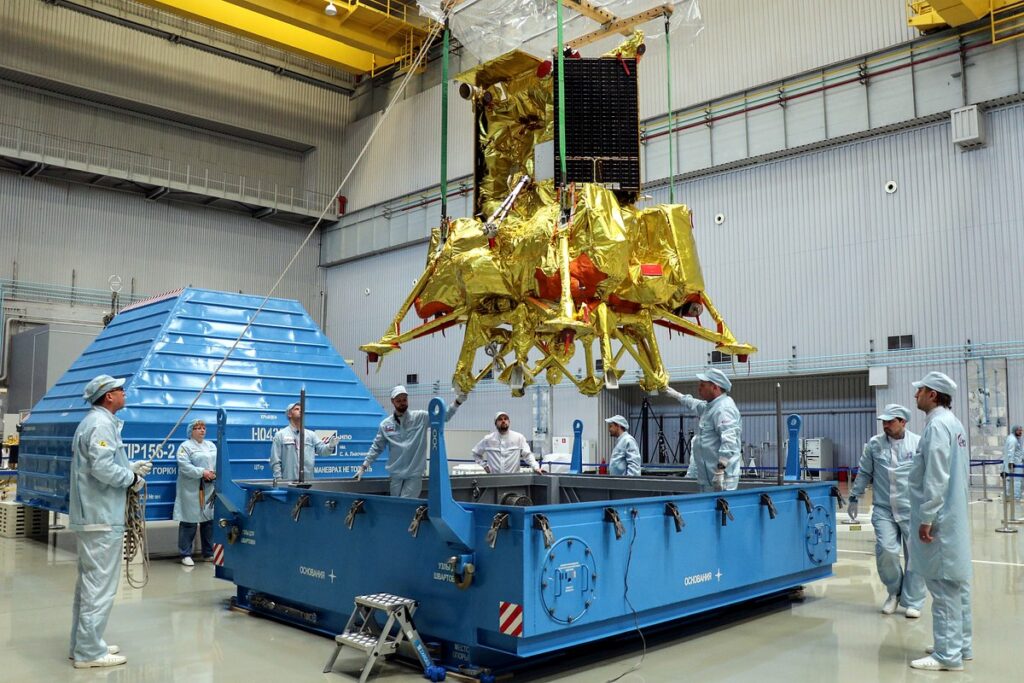
The AMS, which collided with Earth’s natural satellite, was included in Russian-Chinese plans to explore the Moon. According to Lev Zelenyogo, scientific director of the Space Research Institute of the Russian Academy of Sciences, one of the failed Luna-25 scientific experiments may be carried out as part of China’s Chang’e 7 mission planned for 2026, which will include a Russian instrument called the Dust Moon Monitor (DML).
Satellite Internet
The deployment of the OneWeb constellation of broadband internet access satellites was completed in May 2023. As of 20 May, 634 of the constellation’s spacecraft were in orbit and have already begun providing services to their first customers. The company, most of whose satellites have been launched on Russian rockets, also has military customers. In particular, the US Space Force has chosen OneWeb to provide satellite communications services.
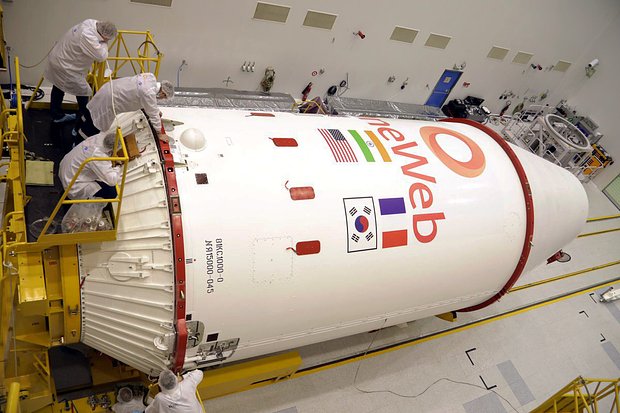
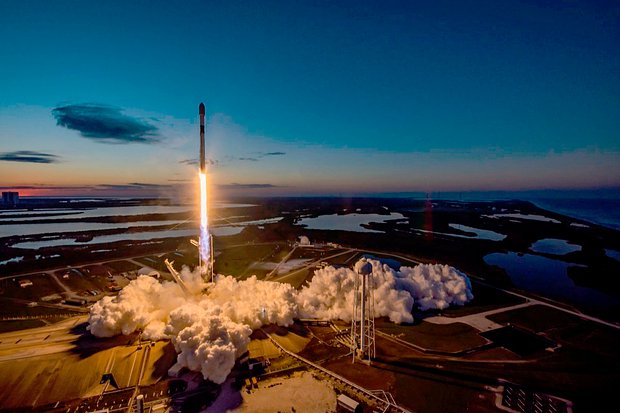
Despite OneWeb’s operational readiness, questions have been raised about the financial prospects of the constellation. In particular, UK Science Minister George Freeman suggested that the European Union should abandon plans to deploy the Infrastructure for Resilience, Interconnectivity and Security by Satellite (IRIS²) satellites in favour of deploying payloads on the second-generation OneWeb satellites, as the first constellation will cost around €6 billion, while the second will cost $4 billion, of which 40% will go to EU countries.
Another important event was the launch on 6 October of KuiperSat-1 and KuiperSat-2, two prototype Kuiper broadband internet access satellites, on an Atlas V rocket from the US Space Force base at Cape Canaveral in Florida. Tests on these satellites successfully enabled online shopping, high-definition video viewing and video calling. According to Rajiv Badial, Amazon’s vice president of technology, the prototype satellites launched into orbit have successfully demonstrated their performance, allowing for the mass production of 3,200 new satellites with a similar design.
Amazon will begin launching the new vehicles in the first half of 2024, and will begin beta access services to Kuiper in the second half of 2024.
The company will partner with telecoms operators Vodafone and Verizon, among others. To launch the Kuiper spacecraft, Amazon has signed the largest commercial launch contract in history, with a total of 38 Vulcan launches, 18 Ariane 6 launches, 12 New Glenn launches and nine Atlas V launches. In addition, under pressure from shareholders, the company controlled by American billionaire Jeff Bezos signed a contract with SpaceX to launch three Falcon 9 rockets with Kuiper.
Last year, Amazon actively prepared for the launch of new satellites. According to Steve Metayer, the company’s vice president of Kuiper manufacturing facilities, the facility under construction in Kirkland, Washington, will produce up to four satellites per day at peak capacity. The Bezos-led company has a lot of work to do – by July 2026, according to commitments made to the US Federal Communications Commission, Amazon must launch about half of the 3236-satellite Kuiper constellation, which will compete with systems from SpaceX and OneWeb.
Starship explosions
Last year was a successful one for SpaceX in terms of flight testing the Starship reusable transportation system prototype. The first test took place on 20 April, when the Starship prototype was launched from the Boca Chica site in south-east Texas in the United States and deliberately exploded four minutes after lift-off, before reaching an altitude of 38 kilometres, due to malfunctions with the Raptor’s methane engines. The emergency occurred in the third minute of the integration flight test, when the prototype of the spacecraft of the same name (Sample Ship 24) failed to separate from the prototype of the Super Heavy Carrier.
Congratulations to SpaceX on the first integrated flight test of Starship! Every great achievement in history has required some degree of calculated risk, because with great risk comes great reward.
Bill Nelson NASA chief
After the first launch, American engineer and billionaire Elon Musk’s company modified the lower part of Starship’s second stage to allow its engines to operate with the first stage units still in place. A similar approach has been used for decades in Soviet and Russian rocket technology. SpaceX specialists also reinforced the structure of the launch pad, which was significantly damaged after the April launch.
During the second launch of the Starship prototype on 18 November, the first and second stages of the system separated at an altitude of 70 kilometres in the third minute of flight, causing the Super Heavy to explode. The Starship continued its flight, reaching an altitude of 148 kilometres, and also exploded.
SpaceX’s development of the world’s most powerful space system is in many ways similar to the development of the partially reusable Falcon 9 rocket, whose prototype tests have repeatedly ended in explosions. What is happening is the norm, as the American company is using the methodology of iterative design, which involves a large number of real-world tests, the results of which are immediately modified in the project. A similar approach was used by the USA and the USSR in the 1950s and 1960s to create the first samples of rocket and space equipment.
Another interesting company, which in the near future may offer a reusable space rocket not on paper but in reality, is the Chinese startup iSpace
Chinese company ISpace managed to successfully land the Hyperbola-2Y test sample of a reusable stage of a promising rocket on 2 November. During the test, which took place at the Jiuquan Space Centre in the Inner Mongolia Autonomous Region, the product stayed in the air for 51 seconds, reaching an altitude of 178 metres before successfully making a soft landing.
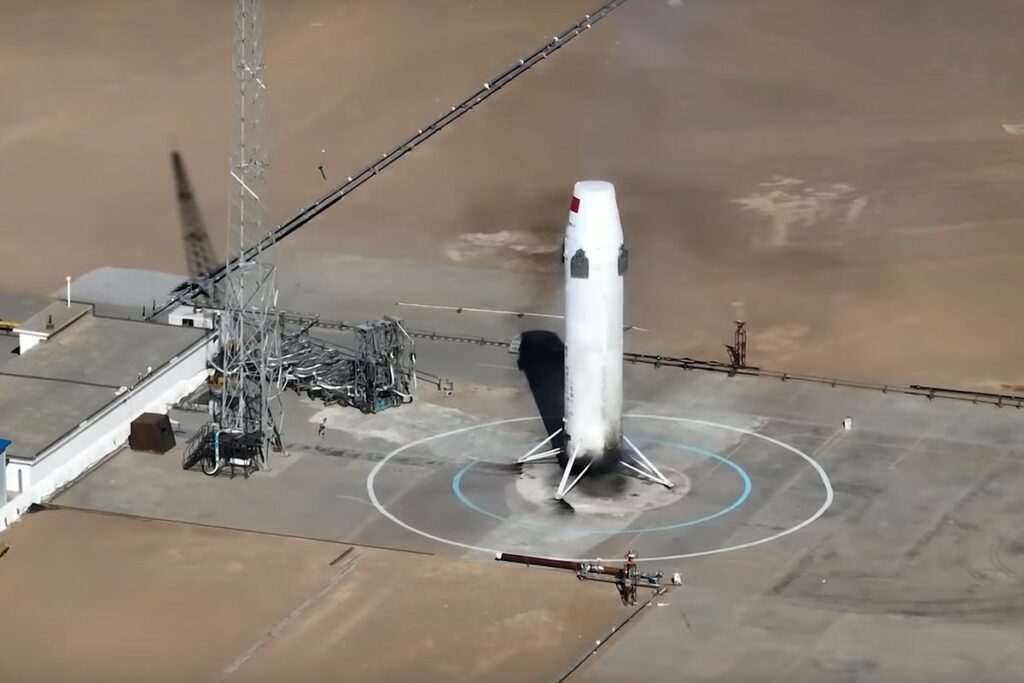
The second test took place on 10 December. During the 63-second flight, the product reached an altitude of 343 metres, after which it successfully made a soft landing 50 metres from lift-off at a speed of 1.1 metres per second and with an accuracy of 0.3 metres. The first stage sample is 17 metres long and 3.35 metres in diameter. The product is powered by a Focus-1 engine, fueled by oxygen and methane, and lands on four legs. iSpace hopes to complete the Hyperbola-3 medium-class rocket with a reusable stage in 2025.
Korean space
In 2023, both countries on the Korean peninsula made significant progress in missile and space technology. On 21 November, after failed launches in May and August, North Korea successfully launched its first reconnaissance satellite, Malligyong-1, using a Chollima-1 rocket.
Despite the low resolution of the North Korean satellite, which can distinguish objects as small as one metre, the new satellite has caused concern in Tokyo and Seoul.
In turn, the U.S. side does not rule out that the successful launch of the satellite by North Korea is related to the country’s progress in rocket and space technology
For this reason, the explosion of the first stage of the North Korean rocket after the successful separation of the other two stages with a reconnaissance satellite from it could have been deliberate – the destruction of the spent element allowed to avoid its fall into the ocean to Japanese and South Korean experts.
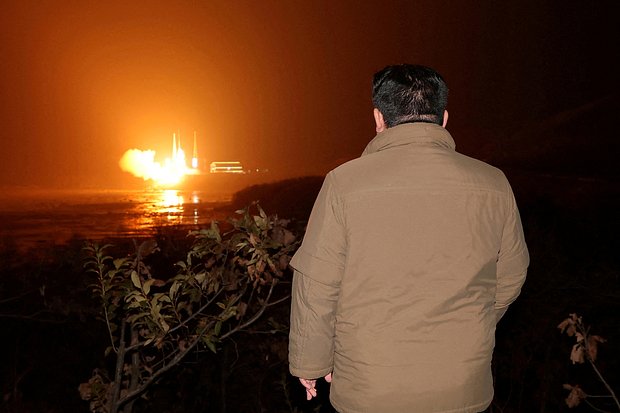
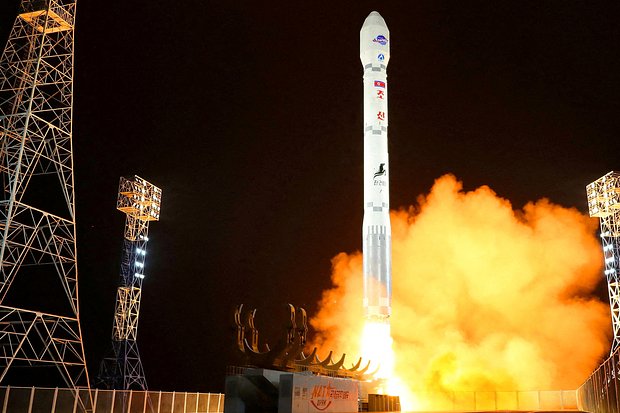
Seoul’s response to Pyongyang’s actions was the test launch of a solid-fueled space rocket carrying a private satellite on 1 December. On the same day, Hanwha Systems received the first signal from a satellite equipped with a synthetic aperture radar. In this way, Seoul made Pyongyang realise that it can launch space rockets quickly, which the DPRK is not yet capable of doing.
Scientific missions
The penultimate launch of Europe’s Ariane 5 heavy-lift launcher took place on 14 April. Launched from Kourou in French Guiana, it sent into space the Jupiter Icy Moons Explorer (JUICE), one of the European Space Agency’s most ambitious missions in the coming years.
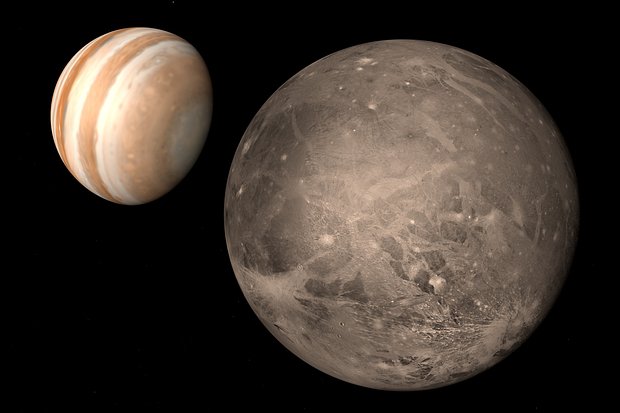
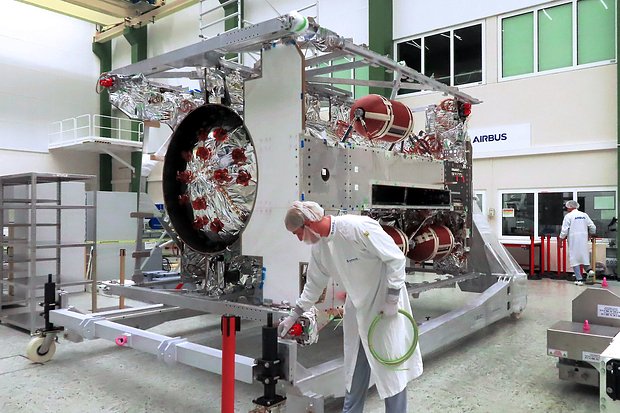
From August 2024 to September 2029, the 6-tonne spacecraft will perform several gravitational manoeuvres near Earth and Venus before arriving at Jupiter in mid-2031. There it will make 35 orbits around its natural satellites – Europa, Ganymede and Callisto. It will then enter the orbit of the Solar System’s largest satellite, Ganymede, where it will remain from late 2034 to September 2035.
The aim of the mission is to search for evidence of conditions suitable for life on the surface or in the interior of Jupiter’s moons.
On 3 October, AMS Psyche was launched on board a Falcon Heavy super-heavy lift rocket from a spaceport in the US state of Florida. The mission is to study the metallic asteroid 16 Psyche, whose structure resembles the core of a planet such as Mars. It will enter orbit around the asteroid, which has a diameter of more than 250 kilometres, in 2029.
The station will stay close to 16 Psycheya for about 21 months, during which it will study the asteroid’s magnetic and gravitational fields, as well as its chemical composition and structural features.
Another mission, Origins Spectral Interpretation Resource Identification Security Regolith Explorer (OSIRIS-REx), has already delivered its first results. The AMS capsule of the same name returned to Earth on 24 September with samples from the asteroid Bennu, in which scientists found water and organic compounds.
The Atlas V rocket carrying the OSIRIS-REx station was launched from Cape Canaveral seven years ago. In 2018, the AMS reached its destination, the asteroid Bennu. After jettisoning the capsule back to Earth, the AMS mother spacecraft headed for the asteroid Apophis, which may be encountered in 2029.
The article is translated by the author. Source of the article news publication lenta.ru



1 comment
[…] Space achievements […]